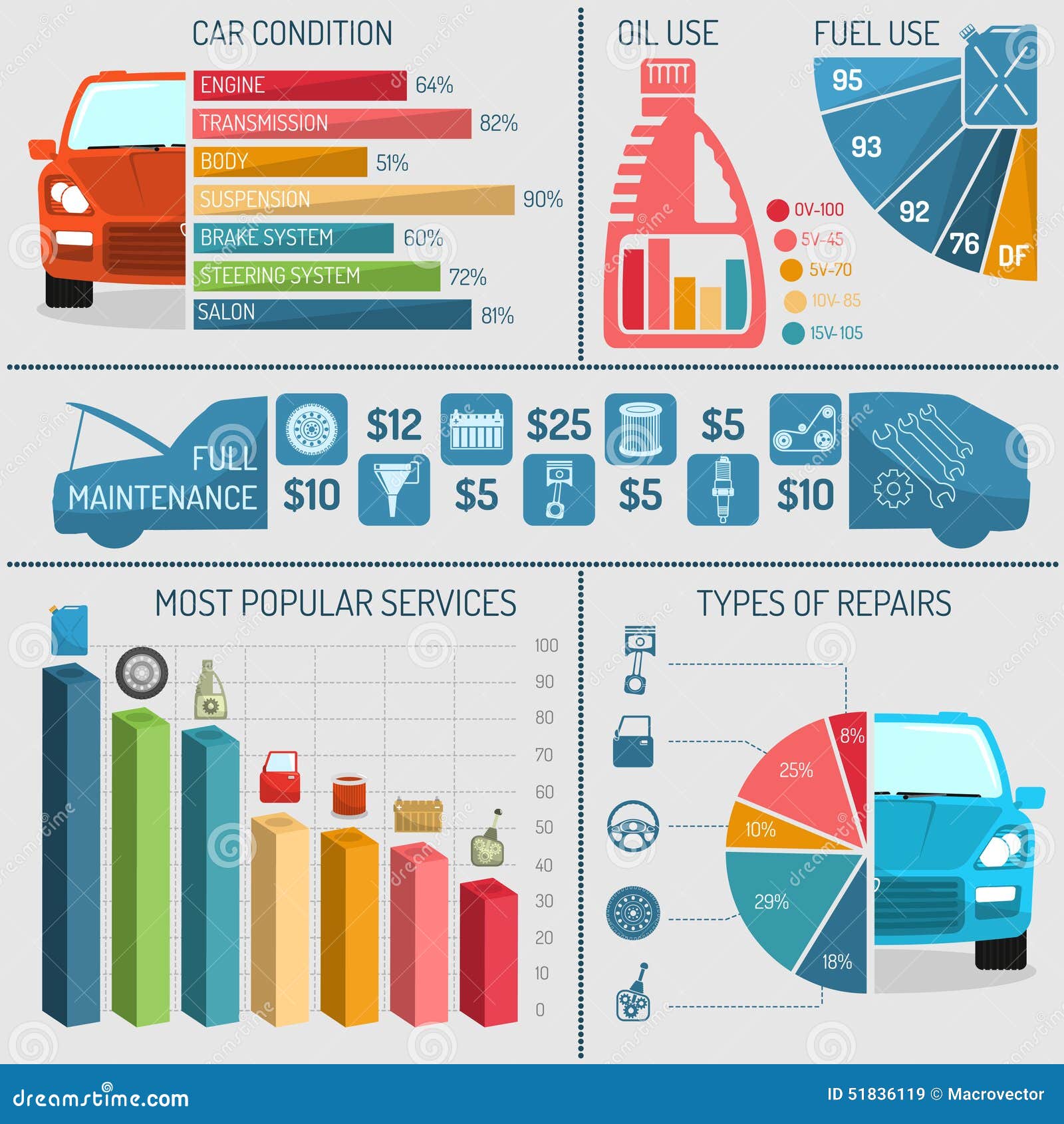Looking For Clearness On The Caution Lights Displayed On Your Car'S Dashboard? Learn Just How They Associate With Your Vehicle'S Health And Wellness
Looking For Clearness On The Caution Lights Displayed On Your Car'S Dashboard? Learn Just How They Associate With Your Vehicle'S Health And Wellness
Blog Article
Developed By-Lauritsen Gilbert
When you're behind the wheel, those radiant warning lights on your dashboard can be a little bit bewildering. Do you know what they're attempting to tell you concerning your cars and truck's health? Recognizing the value of these lights is crucial for your safety and security and the durability of your vehicle. So, the next time one of those lights turns up, wouldn't you want to decipher its message properly and take the needed steps to resolve it?
Common Caution Lights and Interpretations
Identify usual caution lights in your vehicle and recognize their definitions to make sure secure driving.
The most regular caution lights include the check engine light, which signals concerns with the engine or discharges system. If this light comes on, it's crucial to have your vehicle inspected quickly.
The oil stress warning light indicates low oil stress, needing instant attention to avoid engine damage.
detailer near me flashing battery light might suggest a faulty charging system, potentially leaving you stranded if not dealt with.
The tire pressure tracking system (TPMS) light signals you to low tire pressure, influencing car stability and fuel efficiency. Disregarding this could result in hazardous driving conditions.
The abdominal muscle light shows a problem with the anti-lock stopping system, jeopardizing your ability to quit quickly in emergency situations.
Lastly, https://www.housedigest.com/938695/14-money-saving-lowes-shopping-hacks/ advising light warns of engine getting too hot, which can cause severe damage if not solved promptly.
Comprehending these common warning lights will assist you address issues quickly and maintain risk-free driving conditions.
Significance of Prompt Attention
Understanding the common warning lights in your cars and truck is only the first step; the significance of promptly resolving these warnings can not be highlighted sufficient to ensure your safety and security when traveling.
When a warning light brightens on your control panel, it's your cars and truck's means of connecting a possible problem that requires interest. Neglecting these cautions can cause much more serious problems in the future, jeopardizing your safety and potentially costing you much more in repairs.
Trigger attention to alerting lights can stop malfunctions and accidents. For example, a blinking check engine light might show a misfire that, if left neglected, might cause damages to the catalytic converter. Resolving this immediately can conserve you from a costly fixing.
In a similar way, a brake system alerting light might indicate low brake fluid or worn brake pads, essential parts for your security when driving.
Do It Yourself Troubleshooting Tips
If you discover a caution light on your control panel, there are a few do it yourself repairing tips you can try prior to looking for professional aid.
The primary step is to consult your automobile's handbook to recognize what the particular warning light indicates. Occasionally the problem can be as simple as a loosened gas cap causing the check engine light. Tightening the gas cap might deal with the issue.
One more typical concern is a low battery, which can cause different advising lights. Checking the battery connections for corrosion and ensuring they're protected could take care of the problem.
If a caution light persists, you can try resetting it by separating the automobile's battery for a few minutes and after that reconnecting it. Furthermore, checking your car's fluid levels, such as oil, coolant, and brake fluid, can assist fix alerting lights connected to these systems.
Final thought
To conclude, recognizing your automobile's warning lights is necessary for keeping your automobile running smoothly and securely. By promptly addressing these alerts and knowing what they indicate, you can avoid costly fixings and prospective breakdowns.
Keep in mind to consult your automobile's manual for specific details on each alerting light and take action as necessary to make certain a hassle-free driving experience.
Keep notified, stay risk-free when driving!
